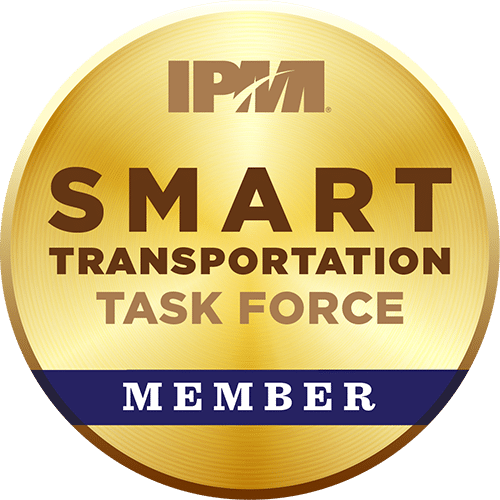Home » Board Perspective » The Critical Connection Between Innovation and Leadership
Board Perspective
The Critical Connection Between Innovation and Leadership
stock.adobe.com / aleksandarfilip
I last wrote about personal and organizational traits of innovation using Velcro inventor George De Mestral as an example. In that column, I noted that innovative people and organizations are driven by passion, innovators never take anything for granted, and innovators don’t give up. In the example of De Mestral, his was more of an individual effort, largely driven by him alone. My guess is that De Mestral wasn’t the CEO or director of a large organization and that instead, his success was based solely on how he acted in pursuit of his passion, goals, and objectives. Imagine De Mestral running a large company today. Would he possess all the skills and attributes needed to lead innovation? The question is an important one especially since it’s likely that all innovators are not great leaders. Conversely, you can be a good leader and not be especially innovative.
A recent article by Diana Porumboiu highlighting Harvard research sheds light on the question of what qualities and attributes leaders of innovative organizations must possess. These include adaptability, comfort with ambiguity, curiosity, and creativity.
Adaptability
Transformative leaders build adaptability through exposure to different circumstances and activities. Instead of building a detailed project plan for an innovation project, Porumboiu suggests building a plan based around clear goals and time framed milestones but leaving room for the team to figure out the path to get to them.
Comfort with Ambiguity
Comfort with ambiguity goes hand in hand with adaptability yet suggests a proactive and accepting attitude toward the unknown. Leaders must communicate to their teams that it is okay not knowing all the answers or being certain about the future. Effective leaders embrace and steer toward the unknown.
Curiosity
Innovation leaders recognize the value of asking questions and work to instill a curiosity mindset in their organizations. Porumboiu suggests using the five whys technique—ask “why” five times in a row, whether you think you previously received a good answer or not—to promote curiosity amongst a team or organization.
Creativity
Creativity is a no-brainer for innovative organizations, but should the leader be the most creative or is it better to concentrate instead on inspiring creativity in others? Porumboiu suggests that the truth probably lies somewhere in between but suggests that leaders can develop creativity in their teams by setting constraints when working towards a solution with the thought that the constraints themselves foster creativity.
Transformative innovation in our industry and elsewhere occurs when organizations are guided by effective and capable leaders. As we read these pages and study innovative organizations, we should pay particular attention to the leadership attributes of those who brought about the innovations. This likely includes the formal leaders of organizations but it is not exclusive to them. Leaders at all levels play a part in fostering innovation and an innovative organizational culture. It is here where the secrets of transformative innovation will be understood, unlocked, and replicated. ◆

Casey Jones, CAPP, PMP, is Senior Director of Customer Success at FLASH, a member of the IPMI Board of Directors, and Co-Chair of IPMI’s Smart Transportation Task Force.
-
Casey Jones, CAPPhttps://parking-mobility-magazine.org/author/casey-jones-capp/April 4, 2022
-
Casey Jones, CAPPhttps://parking-mobility-magazine.org/author/casey-jones-capp/July 26, 2022
-
Casey Jones, CAPPhttps://parking-mobility-magazine.org/author/casey-jones-capp/November 8, 2022











